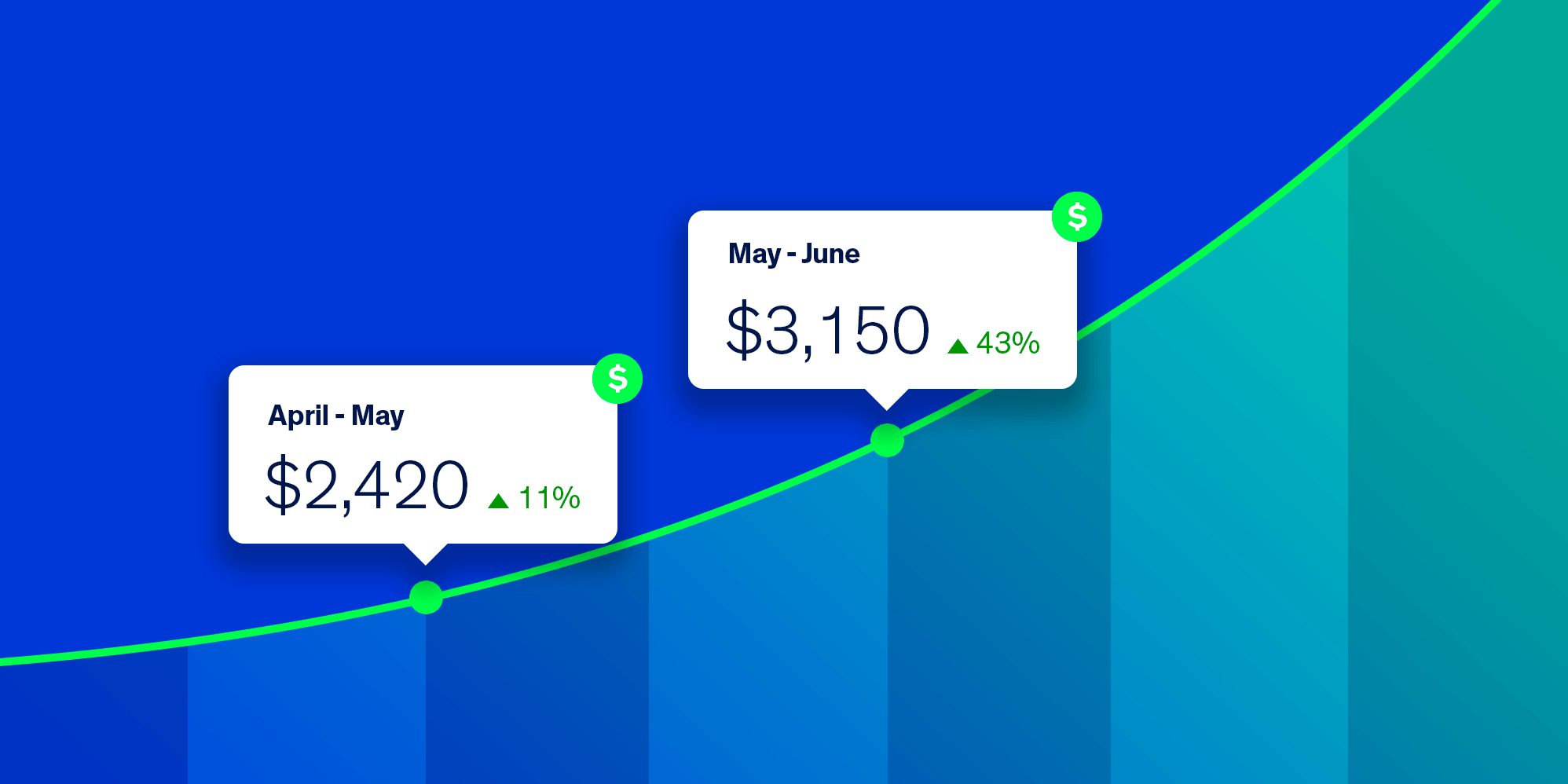
Straight off the bat, I want to put a real stake in the ground and say a trades business should always work on a gross profit basis, not net profit.
Why? Well, working on net profit requires some serious crystal-ball gazing. You have to first work out your target net profit percentage - for most trade businesses, but by no means all, this will be 10% - and then predict your total revenue and spending, spread across 12 months, at the start of the financial year. Whew!
Unless you have an amazing financial controller and some sort of crystal-ball, it’s near-impossible in any trades business to predict what you’ll be spending and what you’ll be making on a month-by-month basis.
The net profit delusion
We all know jobs go over budget - tradesmen work longer than expected and there are unexpected weather delays that delay jobs by weeks or even months.
Then there are those extra outgoings that crop up such as an advertising campaign or a big Health and Safety upgrade - costs you didn’t see coming when you set your budget at the start of the year.
Suddenly you’ve spent $15,000 more in one month than you’d planned. And, there’s no extra revenue to balance the books. Believe me, I know how easily this scenario can happen.
You’re then tasked with chasing an extra $15,000 in net profit, spread across the rest of the financial year, to get you back to your net profit target. It can quickly become complicated and overwhelming.
Real results
That’s why gross profit should be your guiding light. This way, you can use actual revenue and outgoings to make smart and realistic financial targets.
Here’s an example: Let’s say you’re working towards a target of 40% gross profit margin, leaving you with a net profit of 10%. This month you invoiced $100,000 and made a gross profit of $35,000 or 35% total gross profit. You’re now $5,000 behind your gross profit target.
So, what can you do about it? Well, you can either make up the extra 5% next month or delay some of your spending.
To me, the most obvious answer, and the one you have more control over, is to delay spending.
No doubt, there are a few outgoings you can push to the next month. Can you wait to buy the new tools you had planned to invest in or delay a new hire by another month? Can you delay spending on materials?
I know it’s not an ideal situation to be in but at least you’re in the driving seat. And, you’re not on the back foot next month trying to chase another 5% gross profit.
In my experience of running plumbing businesses, putting pressure on your team to chase down a loss of net profit is no way to run a business. The way to steer the ship forward is to work with actual revenue and then match your spending to meet your gross profit target.

